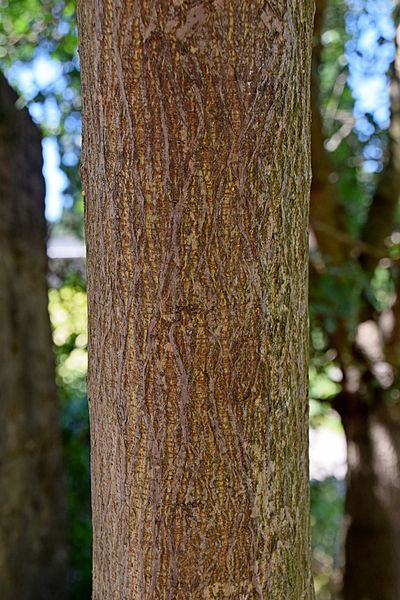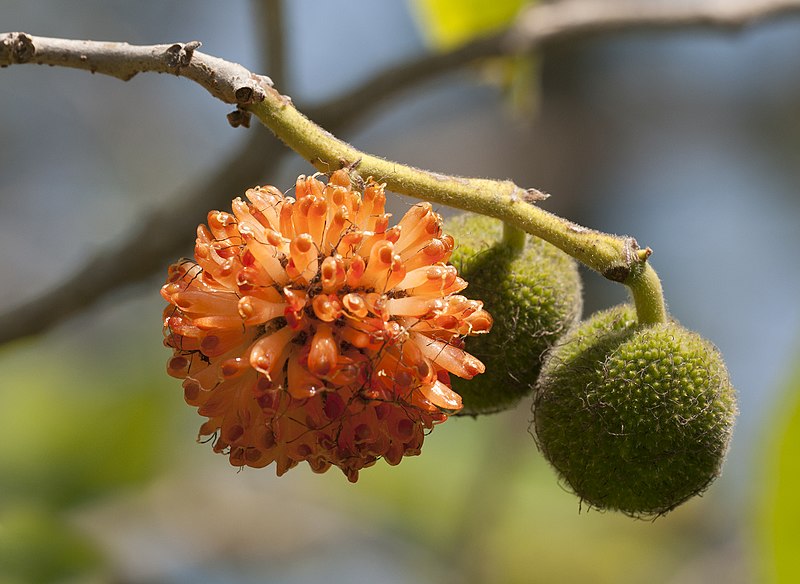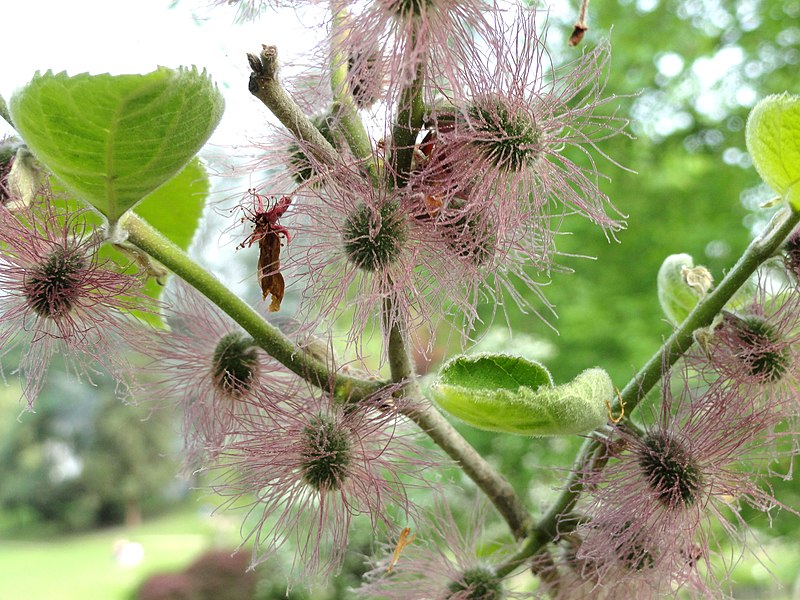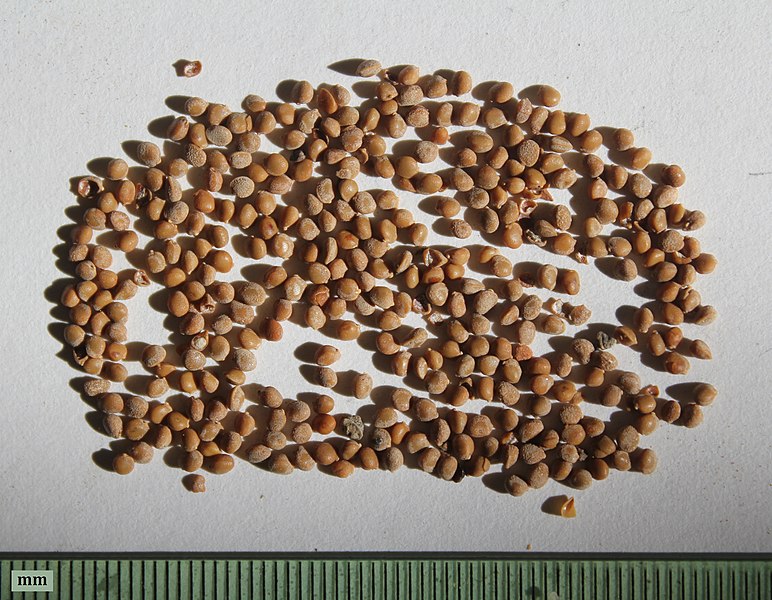Paper Mulberry Identification – Broussonetia papyrifera
Heads up
The Paper Mulberry tree belongs to the Moraceae family, which is more commonly known as the mulberry family. This family also includes figs, breadfruit, and the rubber tree.
From a historical perspective, the Paper Mulberry tree is important. As its name suggests, its bark fibers have been extensively used for paper-making. The same fibers have been crafted into cloth and ropes.
Paper Mulberry: Key Parts in Photos





Where to find it
If you’re on the hunt for this tree, focus on thickets, mountain ravines, and forests, particularly in its native regions of East Asia. However, its adaptability has allowed it to spread, and now it can also be found in central and southern parts of the United States, South America, and parts of Europe.
How to identify Paper Mulberry
The Paper Mulberry tree can be identified by its round and spreading crown. While in the wild it can grow up to a whopping 50 feet, when cultivated, it more commonly appears as a shrub. The tree showcases a rapid growth rate. Its bark, which starts as a dark gray, matures to a brown shade with noticeable furrows over time. New stems of the tree are brownish-red and are hairy, they aren’t aromatic.
The Paper Mulberry’s leaves are dull green and can have varied shapes – from simple oval to lobed. These leaves can be quite large, sometimes over 6 inches in length, and have serrate (or toothed) margins. Another unique feature is their arrangement. While they are mostly alternate, occasionally, you might find them opposite or even in a whorled pattern on the same tree. When touched, the top feels rough, while the underside is hairy. And, if you’re observing them during the fall, expect to see a transition to a yellow-green hue.
The Paper Mulberry tree is dioecious, meaning there are separate male and female trees. In spring, you can see the male flowers in long pendulous formations called catkins, which are around 3 inches in length. The female flowers, on the other hand, form rounded flower heads. Following the blooming period, female trees produce fruit clusters in a round ball shape. These fruits, an aggregate of purple-red hue, become noticeable in the summer.
